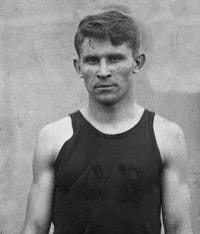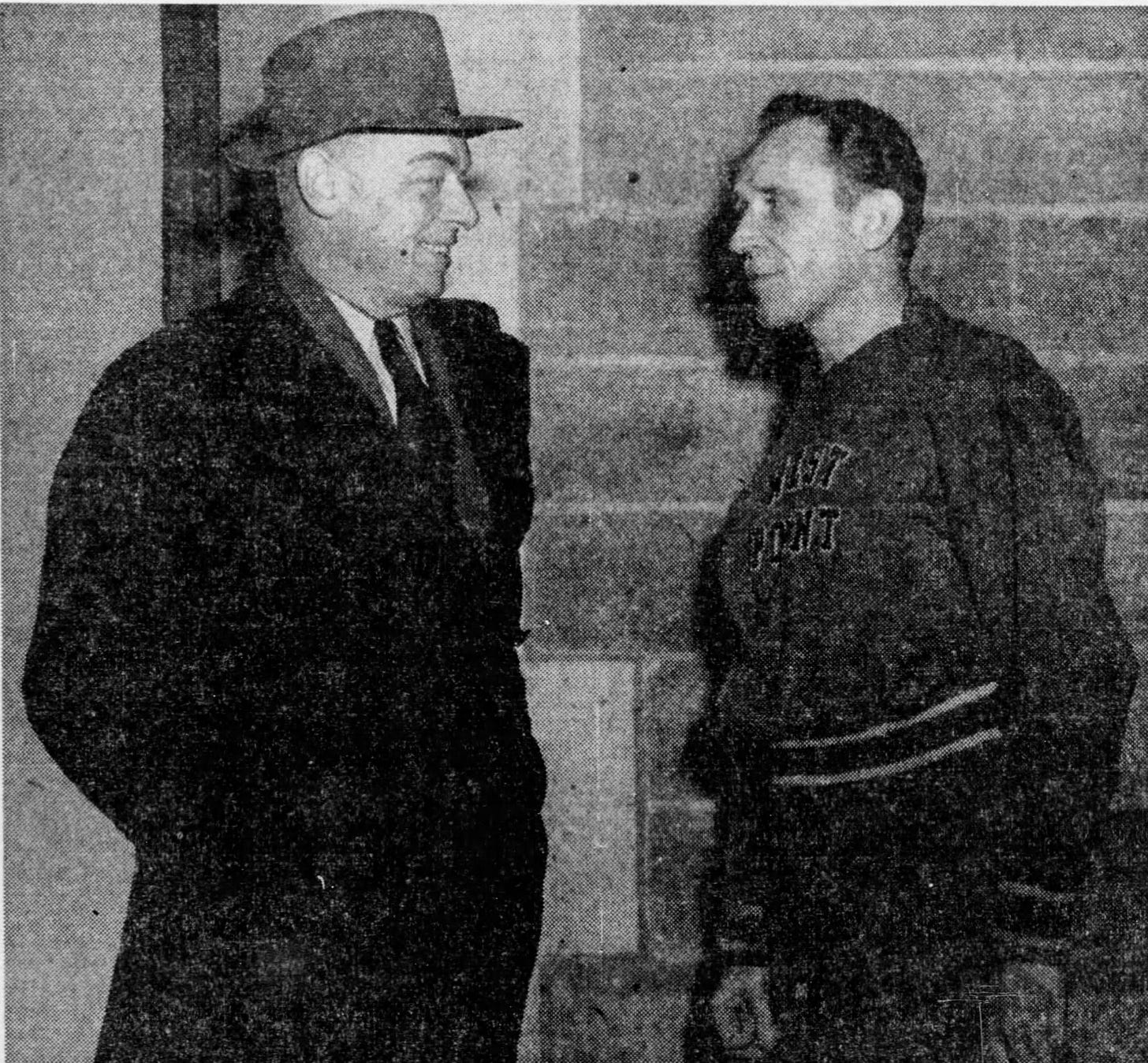Frank Cuhel's Olympic moment
Not long after 2 p.m. local time on July 29, 1928, Frank Cuhel lined up alongside five other runners the first race of his Olympic career, the quarterfinals of the 400-meter hurdles at the Amsterdam Games.
Seven weeks earlier, the University of Iowa star had won the NCAA championship in the 220-yard hurdles in Chicago, cementing himself as a favorite among the Olympic contenders in the longer distance.
He backed that up at the U.S. track and field trials in Philadelphia, establishing a new 400 hurdles world record at 53.4 seconds in the July 4 semifinals only to see his chief rival, 1924 gold medalist Morgan Taylor, break it the next day in the final by running 52 flat.
Now it was time to show what Cuhel could do on the world stage. The 23-year-old was favored in the sixth and final Olympic quarterfinal and turned in the fastest time of the early heats, albeit well short of his own mark set earlier in the month, at 54.6 seconds.
In the semifinals that evening, Cuhel would run a second faster, but that was only good enough for second behind Taylor, who set an Olympic record at 53.4. Great Britain’s Lord David Burghley qualified third from that semi at 53.9, nearly four seconds ahead of the fourth-place finisher.
The press painted the two Americans as clear favorites heading into the next day’s final, but Burghley found another gear when they couldn’t. The 23-year-old Brit — formally David George Brownlow Cecil, the 6th Marquess of Exeter — matched Taylor’s record time from the semis to take gold, while Cuhel edged Taylor for silver as both Americans officially ran 53.6.
The result was reported as a significant disappointment back home, with U.S. newspapers mocking the titled Englishman (who would go on to spend 12 years in Parliament and two more as governor of Bermuda) even as he proved a popular victor in Amsterdam. Alan J. Gould’s Associated Press report from the Olympic Stadium noted that even the American contingent “rose to cheer the smiling young Briton as he was carried off the field by his teammates.”
“Running a heady race throughout, Burghley fairly earned his laurels, beating Cuhel by two yards and Taylor by three in a sensational final spurt,” Gould wrote. “Cuhel, victim of a poor start, lost fully five yards before he was in his stride but closed fast enough to beat his teammate Taylor, whose usually flawless form over the timbers, and stamina, were lacking.”
Upon returning from Europe, Cuhel’s coach would tell the press the Iowan didn’t hear the gun because he was the runner farthest from the starter.
Thirteen years later, Cuhel was well established as a businessman, traveling the world for an export firm. He would describe himself in a 1943 interview as “the guy who introduced Hormel’s ham to Palestine and Scott tissue to Persia,” and he was based in Batavia in the Dutch East Indies (now Jakarta, Indonesia) when Japanese forces moved into the South Pacific.
Elizabeth Wayne, the Mutual Broadcasting correspondent in Batavia, left in January 1942 and asked Cuhel — who had no broadcasting or journalism experience — to replace her. He did, and suddenly had a new career path.
Cuhel would report from the Dutch East Indies until March 2, 1942, when he and other correspondents including George Weller of the Chicago Daily News and Bill Dunn of CBS, boarded an overloaded Dutch steamer bound for Australia. The ship was strafed by Japanese Zeros as it headed out but eventually made it to Freemantle on March 14 after chugging along at just six knots on the crossing.
The newly minted correspondent covered the war from Australia nearly through the end of the year, sailing for home in early December and arriving in San Francisco just before Christmas.
He made his way back home to Cedar Rapids, visiting with his family and friends and stopping by his old college campus at Iowa. By February, though, it was time to get back to work. He headed east, making a stop at West Point where his former high school track coach at Washington High in Cedar Rapids, Leo Novak, now held the same job at the academy. Cuhel even ran the hurdles, just to get a workout in.
“He looked as good as ever,” Novak said. “For a man 38 years old he sure can travel.”
Mutual had assigned Cuhel to cover the action in North Africa, and he flew out of New York aboard Pan Am’s Yankee Clipper flying boat.
It was the same fateful flight we wrote about last month, as the plane crashed in the Tagus River on its approach to Lisbon’s Cabo Ruivo airport, killing 24 of the 39 people aboard. Among them: war correspondents Ben Robertson of the New York Herald Tribune and Frank Cuhel.
Back home in Iowa, front-page stories lamented the loss of one of the state’s athletic heroes, recounting his exploits on the track. (He was inducted into the University of Iowa’s Athletics Hall of Fame in 1993.)
Tributes also poured in from those who had worked alongside him covering the war, including CBS’s Bill Dunn.
“There will be sadness in the hearts of all correspondents who knew Frank Cuhel,” Dunn said, “for they knew what he was — a gentleman, a respected colleague, a stern competitor and an irreplaceable friend.”






